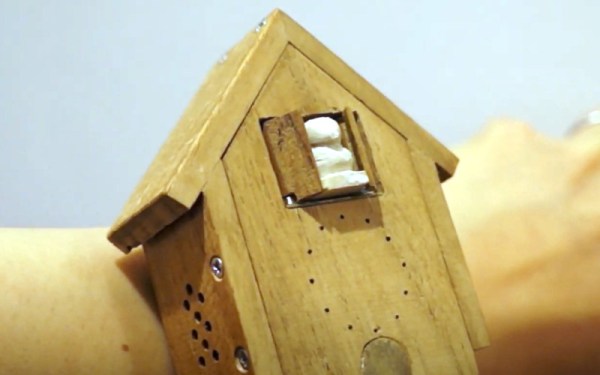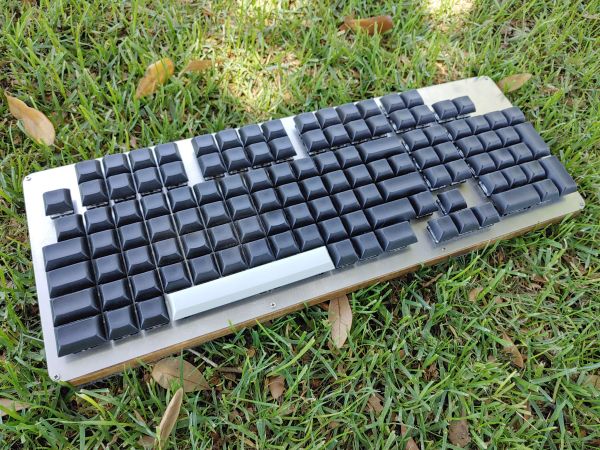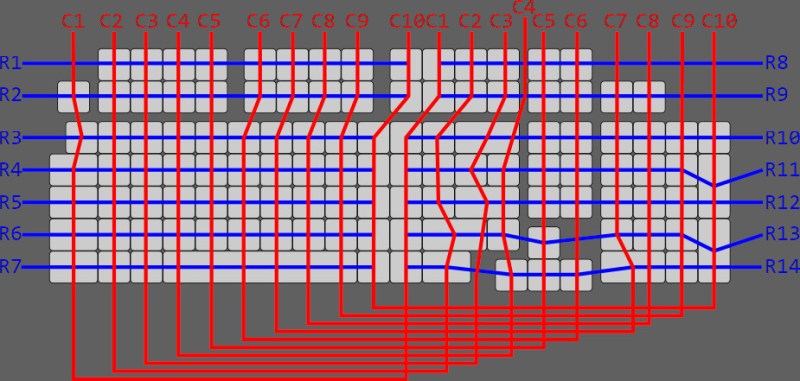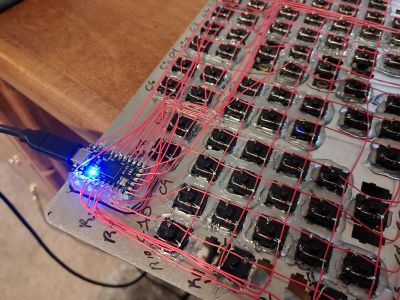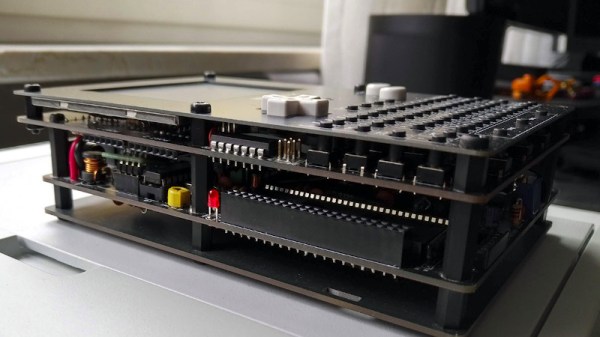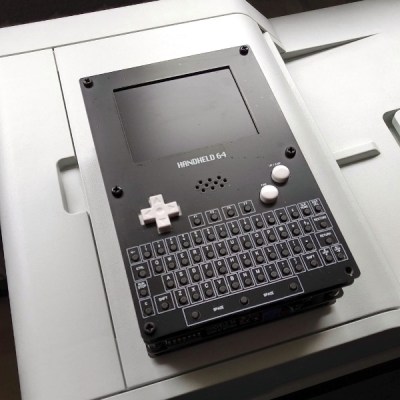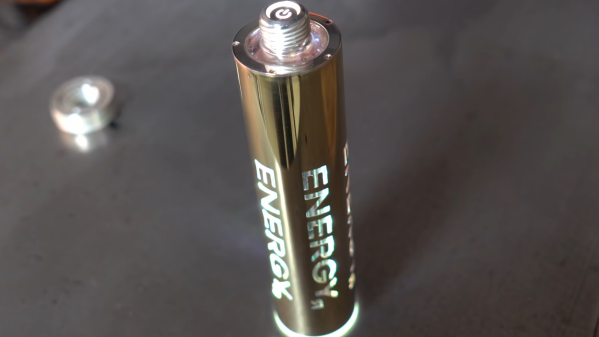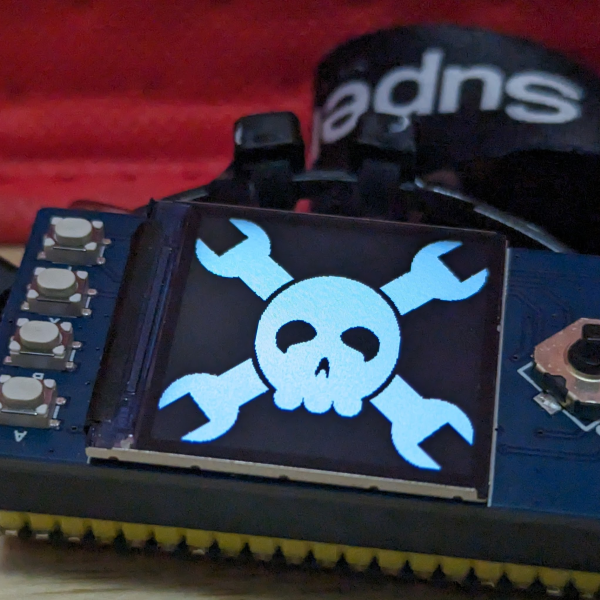There are few better ways of asserting your independent spirit as a hardware hacker than by creating your own special timepiece. Even more so if the timepiece is a watch, particularly in this era of smartwatches. Few home-made timepieces though have come as near to wristwatch Nirvana as the cuckoo clock wristwatch from [Kiyotaka Akasaka], which we would venture to name as having won wristwatches. Nobody will top this one in the field of home-made clocks!
Superlatives aside, this is an electronic cuckoo clock on the wrist, with an LED ring dial and a motorised cuckoo, all clothed in an authentically rustic tiny wooden cuckoo clock case. It communicates via BLE with a smartphone, and even has a sound channel for a cuckoo sound. Frustratingly there’s little in the way of detail about the electronics themselves, but we’re guessing that almost Bluetooth-capable microcontroller could be pressed into service. Take a look at the video below the break.
So we’ve established that it’s a cuckoo clock wristwatch, and that we like it, a lot. It is however not the only novelty cuckoo clock we’ve brought you.
Continue reading “Do Wristwatches Get Any Better Than A Cuckoo Clock?”

